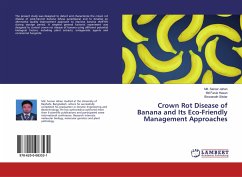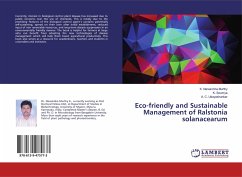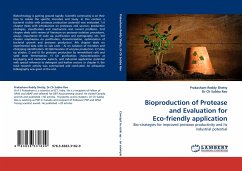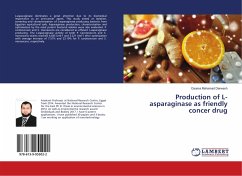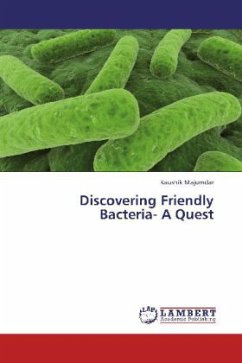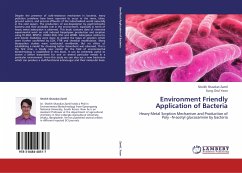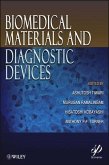The synthesis of nanocrystals in various size and shapes using novel eco-friendly methods such as biosynthesis is the brain child of nanotechnologists. Large abundance of reducing and capping biomolecules from various biological resources,low cost and less side effects as compare to the chemical methods of synthesis and potential biomedical applications are their main attractive features. This monograph outlined the detail account of synthesis of gold nanoparticles from HAuCl4 precursor using plant leaf extracts such as Terminalia catappa, Murraya koenigi, Citrus limonium as reducing and capping agents and brief review of the role of various biological resources e.g.various parts of plant, herb, honey bacteria, fungi and actinomycete etc.for the synthesis of nanoparticles and their potential applications. Plausible mechanisms of synthesis are elaborated. These eco-friendly methods and resources can be useful to nanotechnologists working in the field of biomedical applications such as targeted drug delivery, hyperthermia of tumors,imaging and precancerous cells diagnosis, vapour sensing, catalysis, cosmetics, foods, optics, photonics, data storage and energy storage.
Bitte wählen Sie Ihr Anliegen aus.
Rechnungen
Retourenschein anfordern
Bestellstatus
Storno


